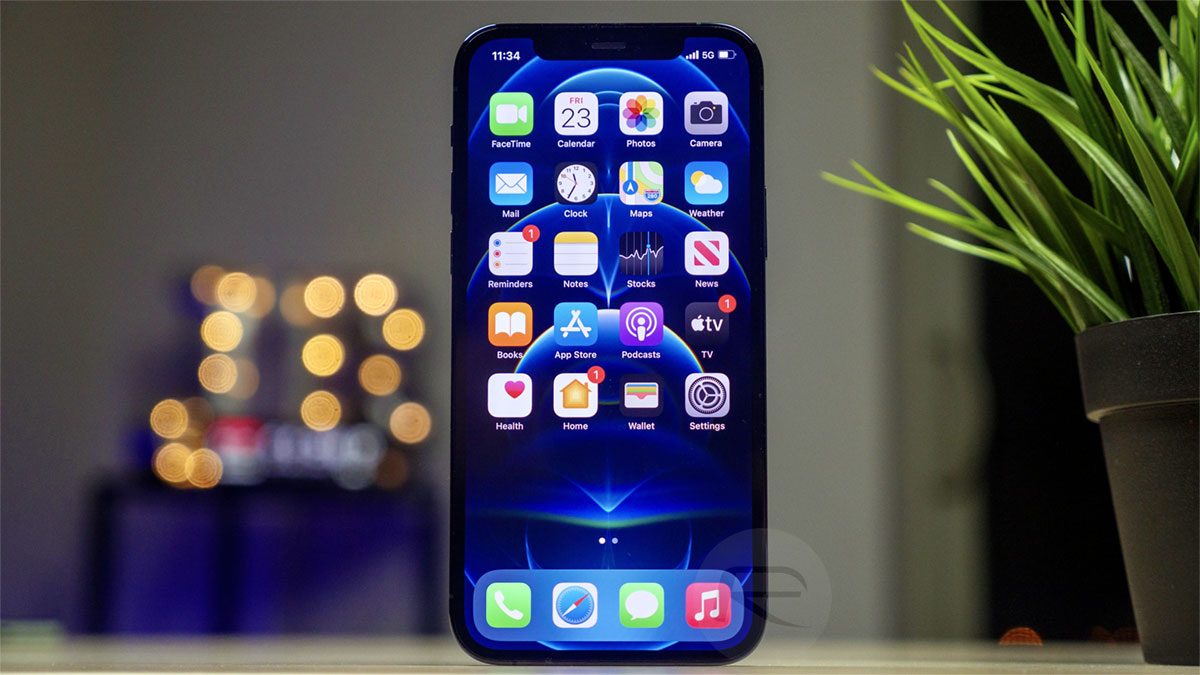Here’s how to downgrade iOS 14.2 and iPadOS 14.2 to iOS 14.1 and iPadOS 14.1 on your compatible iPhone or iPad device. This process is perfect for device owners who have upgraded to Apple’s latest release but ultimately feel more comfortable in the earlier version.
There are a number of reasons why an iPhone or iPad owner may want to roll back their firmware to an earlier version. There is always a temptation to try out the latest release but sometimes it just doesn’t work out.

The power management performance could be worse. There could be a showstopping bug, and so on. Whatever your reasons for wanting to jump back to iOS 14.1 or iPadOS 14.1, then the relatively simple-to-follow process is listed below. Let’s jump right in.
Step 1: Make sure that the latest version of iTunes is running on your PC or Mac. If you have a Mac with macOS Catalina or higher installed, then you don’t need to worry yourself with iTunes.
Step 2: You will need to download the correct IPSW iOS/iPadOS 14.1 file that has been built and released for your specific device. You can grab that from here.
Step 3: Part of the process is to make sure that the Find My feature is disabled on your iPhone or iPad. Launch Settings > iCloud > Find My and toggle the switch into the Off position. When your device asks you to enter the password for the Apple ID, make sure it gets entered correctly.
Step 4: Connect your device to your PC or Mac using a Lightning cable and launch iTunes. If you’re running macOS Catalina, then a Finder window will suffice. Put your device into DFU mode using the quick guides below (if you don’t already know how to do it):
- iPhone 8 / 8 Plus, iPhone X / XR / XS / XS Max / 11 / 11 Pro / 11 Pro Max / 12 / 12 mini / 12 Pro / 12 Pro Max, or 2018/2020 iPad Pro owners can follow this guide.
- iPhone 7 / 7 Plus owners: Enter DFU Mode On iPhone 7 Or iPhone 7 Plus, Here’s How
- If you have an iPhone 6s / 6s Plus or any other iPad, then follow the instructions here.
Step 5: Once the device has been recognized in DFU mode, head into iTunes or Finder and press and hold the Option key on a Mac or the Shift key on a PC and click the Restore iPhone/iPad option.
Step 6: Choose the IPSW file that you downloaded in the earlier steps. This is the file that you are downgrading to. Allow iTunes/Finder to do its business and ultimately leave you with an iPhone or iPad that has been downgraded from iOS/iPadOS 14.2 to the version of your choice.
You may also like to check out:
- Download iOS 14.2 Final IPSW Links, OTA Profile File Along With iPadOS 14.2
- How To Fix Bad iOS 14 Battery Life Drain [Guide]
- Convert Factory Wired Apple CarPlay To Wireless Apple CarPlay In Your Car Easily, Here’s How
- iPhone 12 / Pro Screen Protector With Tempered Glass: Here Are The Best Ones
- Best iPhone 12, 12 Pro Case With Slim, Wallet, Ultra-Thin Design? Here Are Our Top Picks [List]
- Best iPhone 12 Mini Screen Protector: Here’s A List Worth Checking
- Best iPhone 12 Pro Max Screen Protector: Here Is A List Worth Checking
- Jailbreak iOS 14.2 Using Checkra1n, Here’s How-To [Guide]
- How To Downgrade iOS 14.2 The Right Way [Tutorial]
- Apple Watch ECG App Hack: Enable Outside US In Unsupported Country On Series 5 & 4 Without Jailbreak
You can follow us on Twitter, or Instagram, and even like our Facebook page to keep yourself updated on all the latest from Microsoft, Google, Apple, and the Web.
